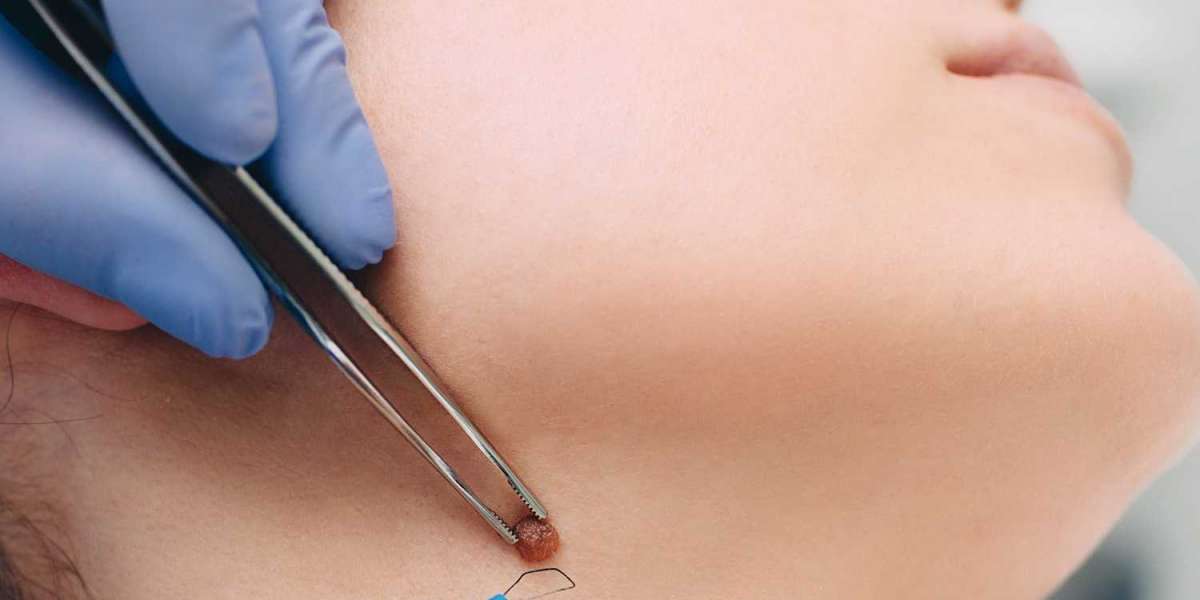Moles are common skin growths composed of pigmented cells, often harmless but sometimes aesthetically or medically concerning. Whether they appear flat or raised, people frequently seek to remove them for cosmetic or preventive health reasons. A common question patients ask is: will a mole grow back if scraped off?
The answer isn't as straightforward as a simple yes or no—it depends on several factors, including how the mole was removed, whether all of it was extracted, and the type of mole in question.
Understanding Mole Removal Techniques
Mole removal procedures vary based on the type and location of the mole. Scraping, also known as shave excision, is one of the most commonly used techniques for raised moles. In this procedure, the mole is carefully shaved off at skin level, often under local anesthesia. This method is quick and usually leaves a minimal scar.
However, shave excision may not always remove the entire mole, especially if the mole's cells extend deeper into the skin. If residual cells remain, there’s a chance the mole could reappear. This regrowth doesn’t necessarily mean something is wrong, but it does indicate that the initial removal was incomplete.
For those considering professional removal options, expert services like those for mole removal in Islamabad are available. Clinics such as Royal Cosmetic Surgery offer advanced techniques that help minimize recurrence. Learn more here: mole removal in Islamabad.
Why Moles Can Grow Back
There are several reasons why a mole might return after being scraped off:
- Incomplete Removal: If mole cells remain in the deeper layers of the skin, the mole may regenerate over time.
- Type of Mole: Some types, particularly congenital or dysplastic moles, are more likely to come back.
- Misdiagnosis: In rare cases, what appears to be a mole might actually be another type of lesion or skin condition, such as melanoma, requiring more comprehensive treatment.
Even if a mole looks entirely removed on the surface, the recurrence is possible unless the entire root structure is eliminated.
Preventing Mole Regrowth
To minimize the chances of a mole growing back, it’s essential to:
Choose a qualified dermatologist or cosmetic surgeon.
Opt for complete removal techniques such as excisional biopsy, particularly for suspicious or deep moles.
Follow post-removal care guidelines to promote healthy healing and reduce complications.
Always consult a healthcare provider if a removed mole grows back, especially if it changes in size, color, or shape. Early detection is crucial in identifying potential skin cancer risks.
Is Mole Regrowth a Health Concern?
In most cases, a mole growing back is not a cause for immediate concern. However, any changes in its appearance—like irregular borders, uneven color, or rapid growth—should be evaluated by a dermatologist. While most recurring moles are benign, a small percentage could be indicators of melanoma, the most serious type of skin cancer.
Therefore, professional evaluation ensures both peace of mind and timely medical intervention if needed.
Final Thoughts: Expert Help Matters
When considering mole removal, especially for cosmetic or medical reasons, choosing the right clinic and technique is essential. While scraped-off moles can return if not fully removed, the risk of regrowth can be greatly minimized with skilled intervention.
If you’re exploring reliable and effective mole removal solutions, Royal Cosmetic Surgery PK offers expert care and state-of-the-art procedures for mole removal, cosmetic dermatology, and skin health. Visit their homepage here: Royal Cosmetic Surgery PK




